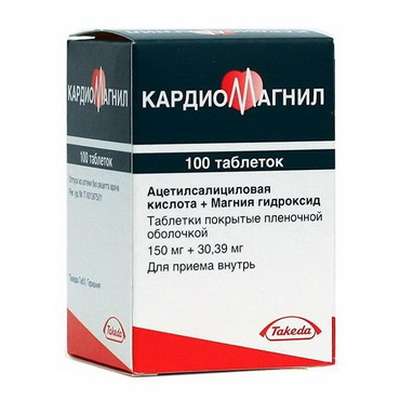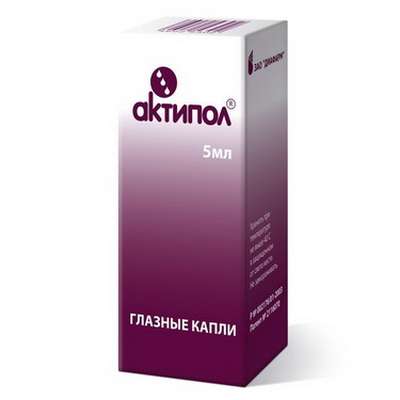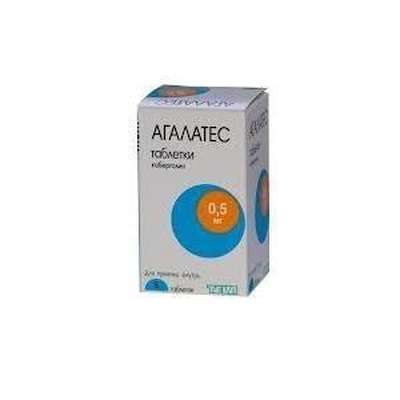Instruction for use: Insulin lispro biphasic (Insulinum lisprum biphasicum)
I want this, give me price
Pharmacological group
Insulins
Nosological classification (ICD-10)
E10 Insulin-dependent diabetes mellitus
Decompensation of carbohydrate metabolism, Diabetes mellitus, Diabetes insulin sugar, Diabetes mellitus type 1, Diabetic ketoacidosis, Insulin-dependent diabetes, Insulin-dependent diabetes mellitus, Coma hyperosmolar non-ketoacidotic, Labile form of diabetes mellitus, Violation of carbohydrate metabolism, Type 1 diabetes mellitus, Type I diabetes mellitus, Insulin-dependent diabetes mellitus, Type 1 diabetes mellitus
E11 Non-insulin-dependent diabetes mellitus
Acetonuric diabetes, Decompensation of carbohydrate metabolism, Diabetes insulin-independent sugar, Diabetes sugar type 2, Type 2 Diabetes, Non-insulin-dependent diabetes, Non-insulin dependent diabetes mellitus, Non-insulin-dependent diabetes mellitus, Insulin resistance, Insulin resistant diabetes mellitus, Coma lactobacillus diabetic, Violation of carbohydrate metabolism, Type 2 diabetes mellitus, Diabetes mellitus type II, Diabetes mellitus in adulthood, Diabetes mellitus in old age, Diabetes insulin-independent, Diabetes mellitus type 2, Sugar insulin-independent diabetes type II
Pharmacotherapy
The mixture of insulin lizpro - a quick-acting insulin preparation and protamine insulin suspension of a medium-duration insulin lispro preparation. Insulin is a lyspro-DNA-recombinant analog of human insulin, differs from it by an inverse sequence of proline and lysine amino acid residues at positions 28 and 29 of the B chain of insulin. Regulates the metabolism of glucose, has anabolic effect. In the muscular and other tissues (with the exception of the brain) accelerates the passage into the cell of glucose and amino acids, promotes the formation of glycogen in the liver from glucose, suppresses gluconeogenesis and stimulates the conversion of excess glucose into fat. Equimolaren of human insulin. Compared with conventional human insulin, it is characterized by a faster onset of action, an earlier onset of action peak and a shorter period of hypoglycemic activity (up to 5 hours). The rapid onset of action (15 minutes after administration) is associated with a high rate of absorption and allows it to be administered just before meals (15 minutes) - the usual human insulin is injected in 30 minutes. The rate of absorption and the onset of its action can be influenced by the choice of the site of injection and other factors. The maximum effect is observed between 0.5 and 2.5 h; Duration of action - 3-4 hours.
Indication
Diabetes mellitus type 1, especially with intolerance of other insulins, postprandial hyperglycemia, which can not be corrected by other insulins: acute subcutaneous insulin resistance (accelerated local insulin degradation). Type 2 diabetes mellitus - in cases of resistance to oral hypoglycemic drugs; When violation of absorption of other insulins; At operations, intercurrent diseases.
Contraindications
Hypersensitivity, hypoglycemia, insulinoma.
Dosing
The dose is determined individually depending on the level of glycemia.
A mixture of 25% insulin lispro and 75% protamine suspension should be administered only s / to, usually 15 min before meals.
If necessary, can be administered in combination with prolonged insulin preparations or with sulfonylureas for oral administration.
Injections should be done s / c in the shoulders, hips, buttocks or abdomen. The injection sites need to be alternated so that the same place is used no more than once a month. With n / to the introduction, you need to be careful not to get into the blood vessel.
In patients with renal and / or hepatic insufficiency, the level of circulating insulin is increased, and the need for it can be reduced, which requires careful monitoring of the level of glycemia and correction of the insulin dose.
Sideeffect
Allergic reactions (urticaria, angioedema, fever, shortness of breath, decreased blood pressure); Lipodystrophy, transient refractive disorders (usually in patients who have not previously received insulin); Hypoglycemia, hypoglycemic coma.
Overdose
Symptoms: lethargy, sweating, profuse sweat, palpitation, tachycardia, tremor, hunger, anxiety, paresthesia in the mouth, pale skin, headache, trembling, vomiting, drowsiness, insomnia, fear, depressed mood, irritability, unusual behavior, Uncertainty of movements, speech and vision disorders, confusion, hypoglycemic coma, convulsions.
Treatment: if the patient is conscious, prescribe dextrose inside; N / k, in / m or / in injected glucagon or intravenously in the hypertensive solution of dextrose. With the development of hypoglycemic coma, intravenously injecting 20-40 ml (up to 100 ml) of a 40% dextrose solution until the patient exits from a coma.
Interaction
Pharmaceutically incompatible with solutions of other drugs.
Hypoglycemic action is enhanced by sulfonamides (including oral hypoglycemic drugs, sulfonamides), MAO inhibitors (including furazolidone, procarbazine, selegiline), inhibitors of carbonic anhydrase, ACE inhibitors, NSAIDs (including salicylates), anabolic steroids (Including stanozolol, oxandrolone, methandrostenolone), androgens, bromocriptine, tetracyclines, clofibrate, ketoconazole, mebendazole, theophylline, cyclophosphamide, fenfluramine, drugs Li +, pyridoxine, quinidine, quinine, chloroquine, ethanol.
Hypoglycemic effect weakens glucagon, somatropin, GCS, oral contraceptives, estrogens, thiazide and loop diuretics, BCC, thyroid hormones, heparin, sulfinpyrazone, sympathomimetics, danazol, tricyclic antidepressants, clonidine, calcium antagonists, diazoxide, morphine, marijuana, nicotine, phenytoin, Epinephrine, blockers of H1-histamine receptors.
Beta-blockers, reserpine, octreotide, pentamidine can both enhance and weaken the hypoglycemic action of insulin.
Special instructions
The method of administration intended for the dosage form to be used should be strictly observed.
When transferring patients with fast-acting insulin of animal origin to insulin, lyspro may require dose adjustment. The transfer of patients receiving insulin in a daily dose exceeding 100 units from one type of insulin to another is recommended in a hospital.
The need for insulin may decrease with renal and / or liver failure, with a decrease in the amount of carbohydrates in food, with increased physical activity, during additional intake of drugs with hypoglycemic activity (MAO inhibitors, nonselective beta-blockers, sulfonamides).
The tendency to develop hypoglycemia can worsen the ability of patients to actively participate in road traffic, as well as maintenance of machines and mechanisms.
Patients with diabetes mellitus can stop feeling light hypoglycemia by themselves by using sugar or food with a high carbohydrate content (it is recommended to always have at least 20 grams of sugar with them). About the transferred hypoglycemia it is necessary to inform the attending physician, for the decision of a question on necessity of correction of treatment.
The need for insulin usually decreases in the first trimester of pregnancy and increases in II-III trimesters. During and immediately after delivery, the need for insulin can drop dramatically.

 Cart
Cart





